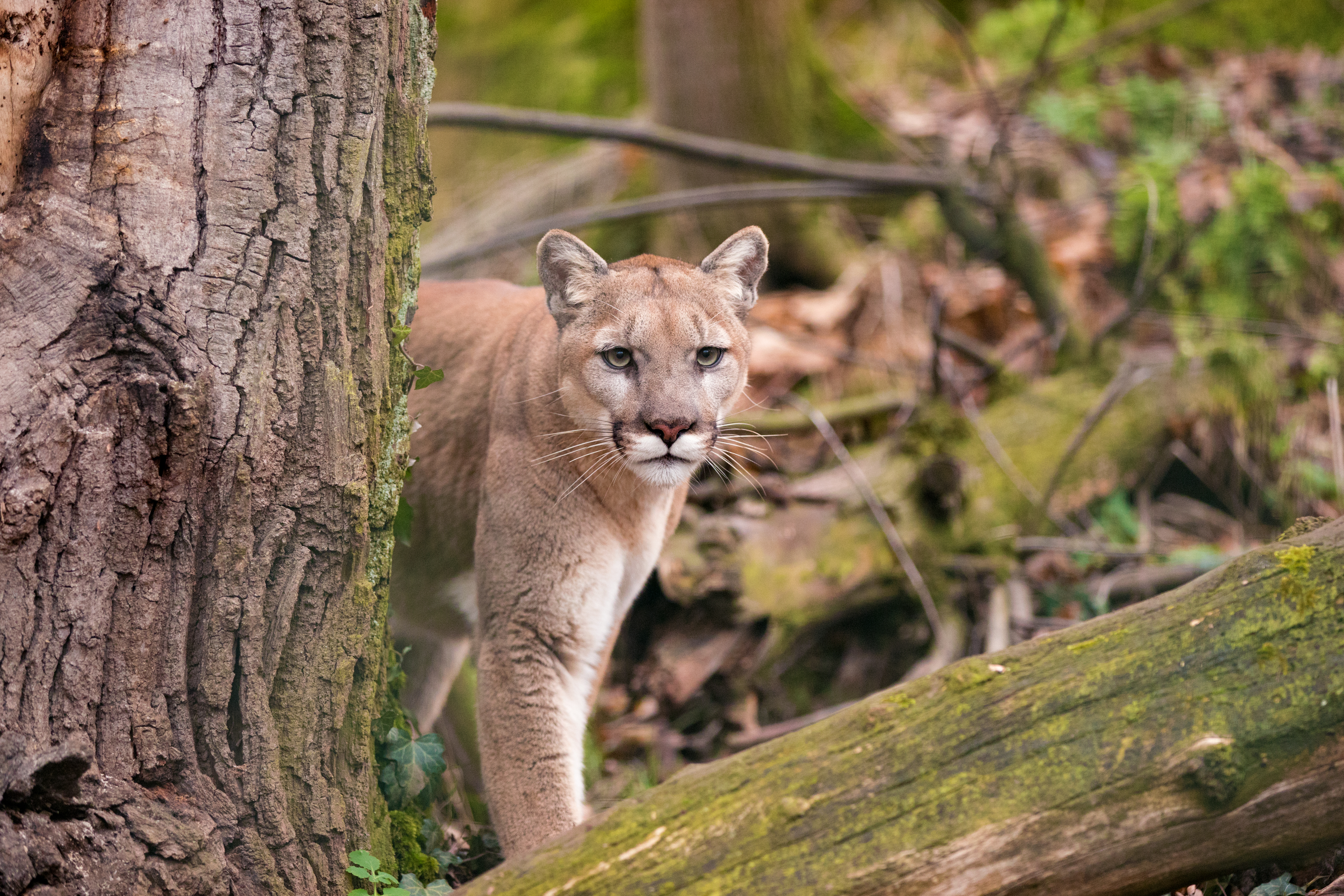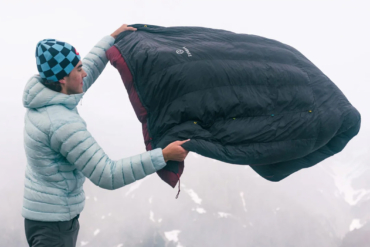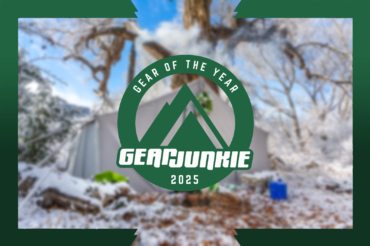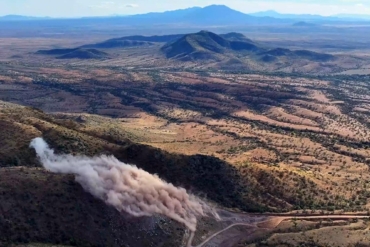Our editor has led multiple missions down the Grand Canyon, self-supported. Learn what the experience is like, and some pro tips too.
Packraft America’s largest canyon with no big boat support — in the winter — at your own risk. Its huge rapids will intimidate you. The depth and quiet of the canyon will awe you. And the water and wintry weather will give you hypothermia if you’re not careful.
Here are six must-dos to stay warm and safe on a self-supported mission through the Southwest’s deepest gorge.
How It All Started
The first time I got a permit to lead a private trip on the Grand Canyon, I felt like barfing daily in the weeks leading up to the trip. How would I stay afloat in my 8-pound packraft on 10- to 15-foot rapids? The waves aren’t vertical, so the journey up the face of the wave is more than twice as long as the height of the wave. That’s 20 to 30 feet up, not to mention down the other side.
And how would I carry 16 days of food, gear, and poop? I wouldn’t. You can carry a max of 12 days of poop in a packraft. So I invited my friend Gordon on my first Grand adventure. An experienced oarsman, he carried the groover (river toilet), a couple of beers per person per day, and a blaster to boil water. The five of us in smaller boats carried the rest of the supplies, rendering the rafts too heavy to lift for a week.
The trip didn’t feel so committing. I could hop on the big boat if I freaked out at any point. I didn’t actually do that, though I did freak out — notably when I repeatedly flipped my boat and lost my gear. But I eventually got used to the gigantic Class III and IV rapids. Sort of.

My stomach still churns when I think about the notorious rapid, Lava Falls. So I surprised myself and my fiancé, Doom, when just 15 months later I won another river lottery. My second trip would be a truly committing mission: six people, 12 days, 225 miles, and we’d carry all our own poop and beer.
My first trip equipped me well for the second. First, you’ve got to have some on-water whitewater skills. That’s in addition to the standard backcountry expedition skills you must have to successfully do a self-supported adventure like this. Here are some must-dos I learned along the way.
Grand Canyon Packrafting: 6 Must-Dos
1. Do Not Freak Out When You Flip
And you will flip unless you are a Class V boater. And it’s really scary when you can’t breathe, when you inhale water, when huge waves or big eddies drag you under, when a wave catches you from behind and endo’s you into a rapid (it happened to me on the first lateral of Lava), or when you lose all your gear and feel like you’re in a giant, angry washing machine on the “extreme” wash cycle.
Swiftwater safety instructor Dan Thurber offered me this sage advice:
Use a mantra to maintain calm. So as I dropped into the always intimidating horizon lines, where you can’t yet see the rapids but their roar drowns out all thought, I’d repeat, “Dig in. Hold my paddle.” Dig in just as you reach the top of the wave so you can pull over it. But if you flip, go into the kayak roll position and wait a few seconds before exiting the boat, all while holding onto your paddle and thigh straps and repeating your mantra.
It works! I successfully ran the most challenging series of rapids upright post-Phantom Ranch … Granite, Hermit, Crystal, oh my! Also remember, when you swim, the rapids only last 10 to 30 seconds.

2. Go Light, but Bring the Necessities
You can’t put a blaster or a groover in your packraft’s tubes. But on point-to-point trips, you don’t have to go that light. Bring your camp chair and other things that make you warm and comfy. Remember, a heavier boat is more stable in big water. Plus, bring an extra drysuit and packraft. You will have gasket and zipper failures. Grand Canyon sand is unkind to gear.
3. Eat a Lot
Bring and eat lots of salty treats and plenty of veggies, cheese, tea, coffee, sugar, hot sauce, and broth. You’ll be surprised how much food fits in the tubes of your packraft. I roasted potatoes and garlic over the fire, fried them up for breakfast for the crew, and added onions and cheese to my dehydrated meals to improve their flavor.
We stuffed the front of our boats full of salty bags of chips. Tyler brought kale and cabbage, and Andy brought salmon and a bunch of healthy, hearty pilafs. You have to paddle 18-25 miles per day, and you’ll want to do side hikes and canyoneering missions. Eat plenty of calories to fuel your adventures.

4. Time Your Trip
You can’t carry firewood on a packraft, but you’ll want nightly fires in the winter. So, go between November 1 and February 28 so you can collect wood and when it’s easier to get permits. And bring a fire blanket and a lightweight, compact fire pan that fits inside the tubes of a packraft. Just be careful in big windstorms, as these contraptions and their contents can very quickly blow away.
5. Bring a Decked Boat
You need a decked packraft with a kayak-style spray skirt, especially in the winter. The water flowing from the base of the Glen Canyon Dam is always 52 degrees Fahrenheit. Even in the summer, you’ll get cold splashing through the canyon’s 80 big rapids. Avoid self-bailers and open boats.
6. Layer Up
Bring plenty of thick, warm, quick-drying layers (poly fleece excels at keeping you toasty and wicking moisture away from your body). But know you’ll get your inner layers wet no matter how bombproof your drysuit is. A full year before I even considered doing the Grand, Doom bought me my “moon suit,” a thick poly fleece onesie with a water-resistant outer layer used by scuba divers.
“What do I need this for?” I asked him when the package arrived.
“For the Grand Canyon!” he replied.
“Are you nuts? I’m never packrafting the Grand!” I had seen his photos of tiny people swimming in really huge, frothy, insane-looking water. Plus, I run cold. Why spend 2 weeks of my life freezing in a deep, dark canyon? I hung it up in my closet.
But, after two trips down the Grand, it turns out it’s the best present Doom ever gifted me.
Looking for even more beta on a self-supported trip through the Grand Canyon? Check out the author’s trip recap video. (This part isn’t really a how-to, but more of a look-how-much-fun it is.)








